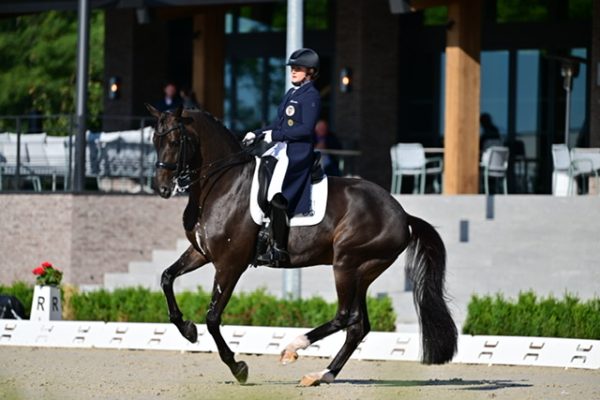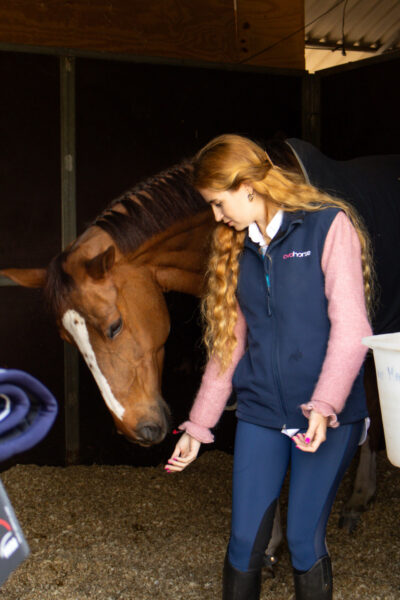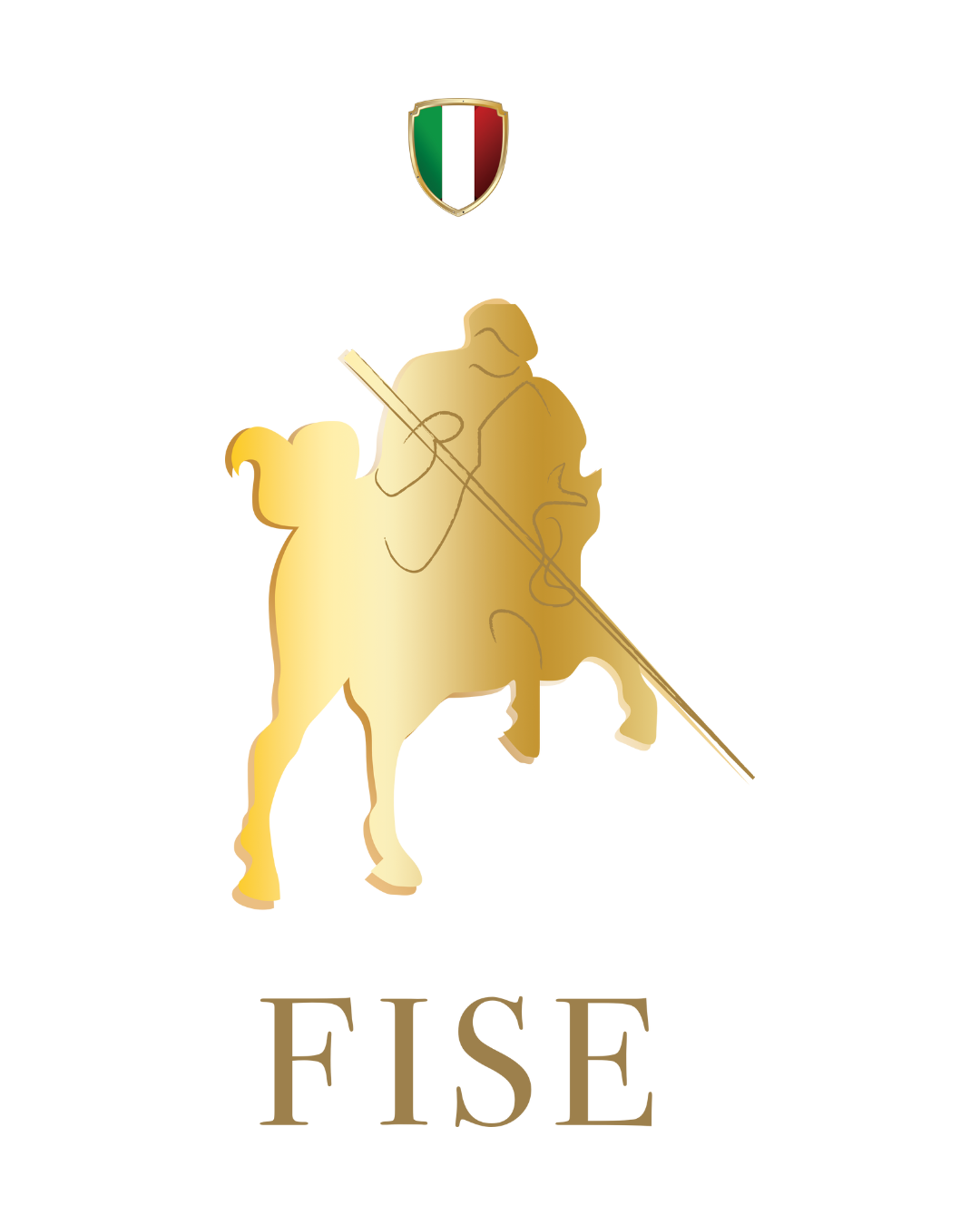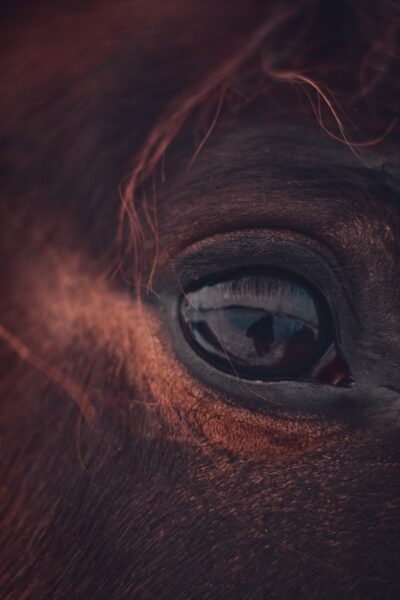
The Horse’s Ears, Poetry in Motion
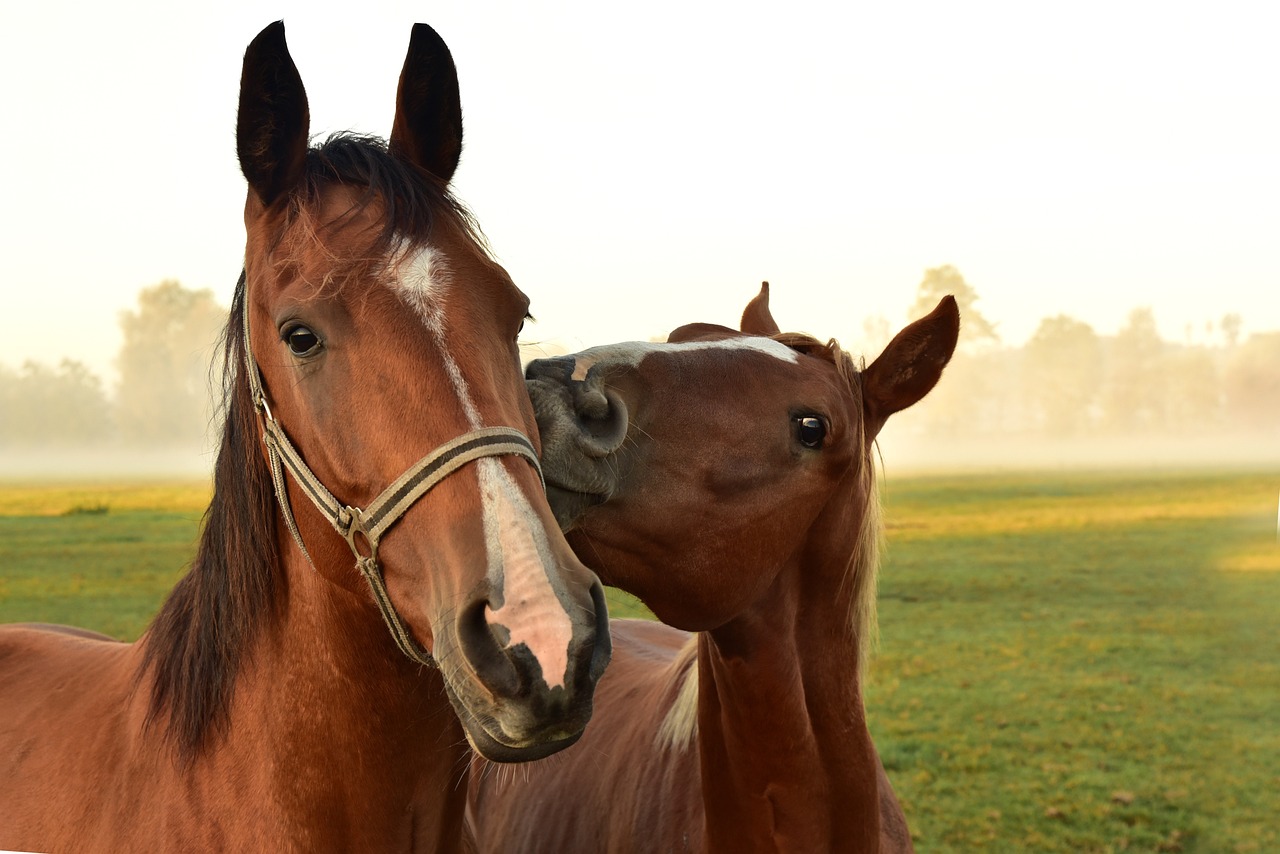
Horses’ possess exceptional intellectual and emotional abilities, and understanding their perception system is crucial for the comprehension of their behavior, as well as for establishing a relationship based on trust, and respect towards the animal’s ethological needs.
Hearing is one of the most advanced senses in horses and is central to their survival, as they are prey animals, always alert and sensitive to the world of sounds around them.
The uniqueness of the horse’s ear is that it not only listens and receives external signals, but it also contains a language that becomes a medium for emotions, helping to send information to the surrounding environment. Horses’ ears reflect their emotional state and are also used as a form of communication between members of a herd.
Anatomy of the Horse’s Ear
The horse’s auditory system is complex, similar to that of humans, consisting of three main parts: the outer ear, the middle ear, and the inner ear.
The outer ear (the visible part, also known as the ‘pinna’) is made up of the auricular pavilion, which has a funnel shape to better channel sounds toward the eardrum.
Once sound waves enter the ear, they are transmitted to the tympanic membrane, located in the middle ear, which causes them to vibrate. These vibrations are amplified by three small bones and transmitted deeper, reaching the cochlea, the organ of hearing, located in the inner ear.
Mobility of the Horse’s Ear
The ear of the horse has a remarkable mobility, thanks to the 16 muscles (compared to our 3) that make up its outer part. In fact, the ears can move together or independently of each other, rotating over an arc of more than 180°. These features allow the horse to orient itself towards the sources of noise that attract the most attention.
Additionally, in the case of loud or disturbing sounds, the horse has the ability to almost completely close the ear canal, reducing its hearing capacity as a protective measure.
Paying attention to the position of the auricular pavilion is important for understanding the direction in which the animal’s interest is focused, and this same signal is used by horses in a herd, especially when their sight is blocked by the presence of another horse’s body.
The Horse’s Hearing Abilities
The horse has a hearing sense similar to that of humans, though much more developed, with a broader range of sound perception. The frequency of sound waves is measured in Hertz (Hz). The higher the frequency of the waves in a given unit of time, the more the sound is perceived as high-pitched; conversely, the lower the frequency, the lower the pitch of the sound. Horses can hear sounds with frequencies ranging from 60 Hz to 33.5 kHz, while humans hear sounds between 20 Hz and 20 kHz.
This means that the horse’s ear is specialized for hearing high frequencies, such as ultrasounds, but it is not capable of hearing lower tones that humans can perceive. For this reason, caution should be taken when using radios in stables or devices emitting high frequencies.
Horses are very sensitive to sounds, and not only can this harm their auditory sharpness (which starts to decrease around 15-18 years of age), but it may also frighten them, leading to sudden or abrupt movements as they try to distance themselves from the perceived threat.
Furthermore, despite its advanced capabilities, the horse’s ear does not have a high level of sound localization, and this inaccuracy sometimes causes the animal to become alarmed, escaping instantly. The horse’s auditory system can determine the approximate source of the sound within an angle of only 25°, although it can detect sounds from a great distance.
Ears that Speak
The horse’s ears, for those who know how to observe and understand them, hide a precious language, used by the animal to communicate its emotions.
Some signals are quite unmistakable, especially when analyzed alongside the horse’s overall body language. When the ears are upright, the horse is calm; when they point forward, it means the horse is curious and content; when they are tense and flattened backward, the horse is anxious or frightened.
In general, when the horse feels calm or alert, it will keep its ears upright or directed toward the source of the noise. For instance, during lunge work, one ear will be directed toward the rider guiding it, and the other will focus on the direction of the gaze.
Ludovica Locatelli
© Rights Reserved.





.png)
